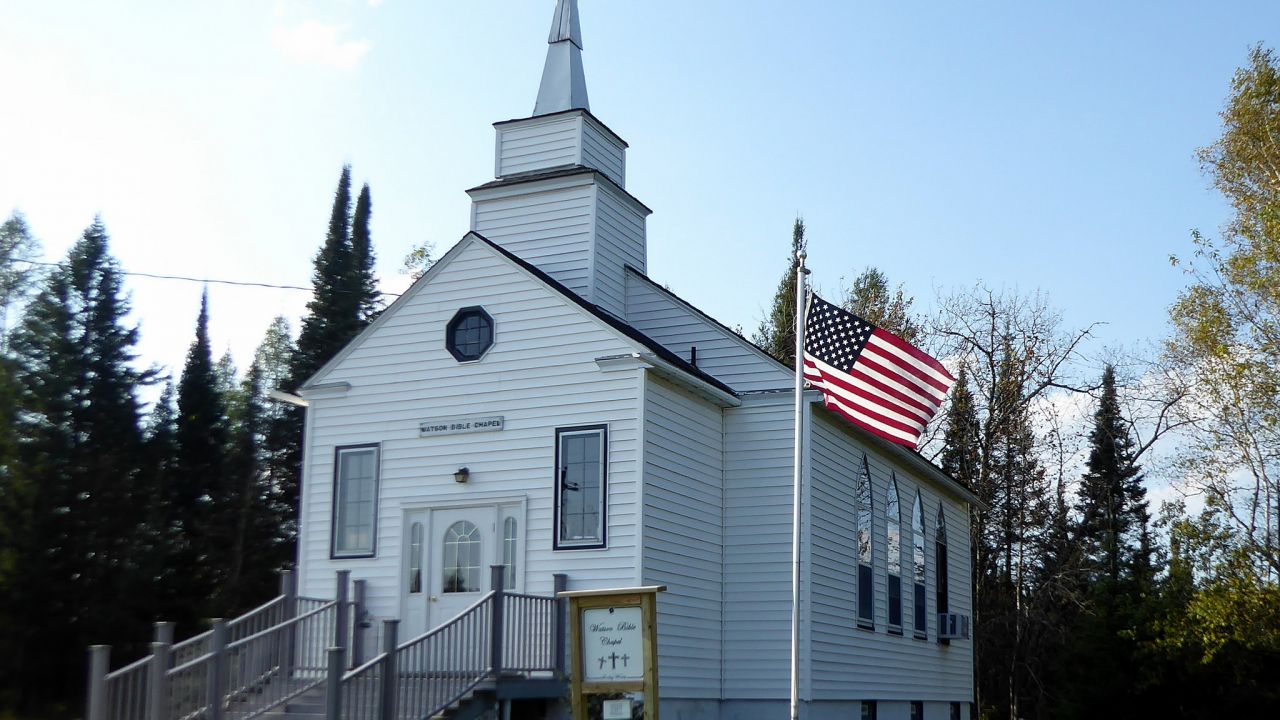
Tucked inside the enormous House tax proposal is a provision that would roll back a 63-year-old ban on tax-exempt organizations — including churches — from making explicit political endorsements. In 1954, then-Sen. Lyndon Baines Johnson proposed the amendment to section 501(c)(3) of the federal tax code after a brutal campaign during which a tax-exempt group ran advertisements labeling him a communist. With its passage, Johnson hoped to quiet his opponents. But in decades since, the ban has drawn a bright line between pulpits and political podiums, validating one of this country’s founding principles: the separation of church and state.
But though House Republicans are threatening to use their tax plan to upend the rule, the Senate version does not contain the change — so its final passage is far from guaranteed.
Donald Trump promised religious leaders at the National Prayer breakfast in February that he would “get rid of and totally destroy the Johnson Amendment and allow our representatives of faith to speak freely and without fear of retribution.”
Last spring, Trump signed an executive order directing the Treasury Department not to penalize individuals or congregations who advocate politically from a religious perspective. But since it stopped short of overturning the part of the amendment that prohibits tax-exempt religious organizations from endorsing specific political candidates, it failed to truly eliminate the rule. Doing so requires Congress to change the tax code.
If the tax plan passes, it would allow churches and charities to raise money for political candidates, and create a workaround for campaign disclosure rules.
Motivation to change the rule appears to be political. According to a 2017 Pew Research Center report on religious liberty issues:
- More than 7 in 10 (71 percent) Americans oppose allowing churches and places of worship to endorse political candidates while retaining their tax-exempt status, compared to only 22 percent who favor such a policy.
- Republicans are more than twice as likely as Democrats to favor allowing churches to endorse candidates (34 percent versus 16 percent, respectively).
- Strong majorities of Republicans (62 percent) and Democrats (78 percent) reject this idea.
All major religious groups in the country oppose allowing churches to endorse candidates while retaining their tax-exempt status:
- Only about one-third (36 percent) of white evangelical Protestants favor allowing churches to endorse candidates, compared to a majority (56 percent) who oppose it.
- Even fewer white mainline Protestants (23 percent), Catholics (25 percent), black Protestants (19 percent) and religiously unaffiliated Americans (12 percent) support churches endorsing political candidates.
Amanda Tyler, executive director of the Baptist Joint Committee for Religious Liberty, an organization which works to maintain separation between church and state, said:
This tax bill will deform, not reform, the tax law that protects our houses of worship … Gutting the law that protects 501(c)(3) (tax-exempt not-for-profit) organizations from candidates pressing for endorsements threatens to destroy our congregations from within over disagreements on partisan campaigns … Pastors and people of faith know that there’s nothing free about a pulpit that is bought and paid for by political campaign donations or beholden to partisan interests.
For all the fiery rhetoric, since the Johnson law took effect in 1954 only one case is known to have been brought against a church: During the 1992 campaign, when the the Branch Ministries Church in New York bought newspaper advertisements urging Christians not to vote for Bill Clinton.



